Growth in Pharmaceutical Applications
The Dry Vacuum Pump Market is significantly influenced by the pharmaceutical sector, which relies heavily on vacuum technology for various applications. The demand for dry vacuum pumps is expected to rise as pharmaceutical companies focus on enhancing production efficiency and ensuring product quality. In 2025, the pharmaceutical market is anticipated to exceed 1.5 trillion USD, with a substantial portion allocated to manufacturing processes that utilize dry vacuum systems. These pumps are integral in processes such as freeze-drying, solvent recovery, and distillation, where maintaining a controlled environment is paramount. As regulatory standards become more stringent, the adoption of reliable and efficient dry vacuum pumps is likely to increase, further propelling the growth of the Dry Vacuum Pump Market.
Technological Innovations in Pump Design
The Dry Vacuum Pump Market is witnessing a transformation due to ongoing technological innovations in pump design. Manufacturers are increasingly focusing on developing advanced dry vacuum pumps that offer enhanced performance, energy efficiency, and reduced operational costs. Innovations such as variable speed drives and improved materials are enabling pumps to operate more effectively across a range of applications. As industries seek to optimize their processes, the demand for technologically advanced dry vacuum pumps is likely to rise. In 2025, the market for advanced vacuum technologies is expected to grow, reflecting the industry's shift towards automation and smart manufacturing. This trend suggests that the Dry Vacuum Pump Market will continue to evolve, driven by the need for more efficient and reliable vacuum solutions.
Emerging Applications in Renewable Energy
The Dry Vacuum Pump Market is poised for growth due to the increasing applications in the renewable energy sector. As the world shifts towards sustainable energy solutions, dry vacuum pumps are becoming essential in processes such as solar panel manufacturing and biofuel production. The renewable energy market is projected to grow significantly, with investments expected to reach over 2 trillion USD by 2025. This growth is likely to drive demand for efficient vacuum systems that can operate under varying conditions. Dry vacuum pumps offer advantages such as low maintenance and energy efficiency, making them suitable for renewable energy applications. Consequently, the expansion of this sector is anticipated to positively impact the Dry Vacuum Pump Market, as manufacturers seek innovative solutions to support their production processes.
Increased Focus on Environmental Regulations
The Dry Vacuum Pump Market is significantly impacted by the increasing focus on environmental regulations across various sectors. As industries strive to comply with stringent environmental standards, the demand for eco-friendly vacuum solutions is on the rise. Dry vacuum pumps, which do not require oil lubrication, are inherently more environmentally friendly compared to traditional pumps. This characteristic positions them favorably in industries such as food processing and chemical manufacturing, where compliance with environmental regulations is critical. In 2025, the emphasis on sustainability is expected to drive investments in cleaner technologies, further boosting the adoption of dry vacuum pumps. Consequently, the alignment of the Dry Vacuum Pump Market with environmental initiatives is likely to enhance its growth prospects.
Rising Demand in Semiconductor Manufacturing
The Dry Vacuum Pump Market experiences a notable surge in demand driven by the semiconductor manufacturing sector. As the industry continues to expand, the need for high-purity vacuum systems becomes increasingly critical. Dry vacuum pumps are essential for creating the necessary vacuum conditions in processes such as chemical vapor deposition and etching. In 2025, the semiconductor market is projected to reach a valuation of approximately 600 billion USD, indicating a robust growth trajectory. This growth directly correlates with the rising adoption of dry vacuum pumps, which are favored for their efficiency and reliability. Consequently, the increasing investments in semiconductor fabrication facilities are likely to bolster the Dry Vacuum Pump Market, as manufacturers seek advanced solutions to meet stringent production requirements.


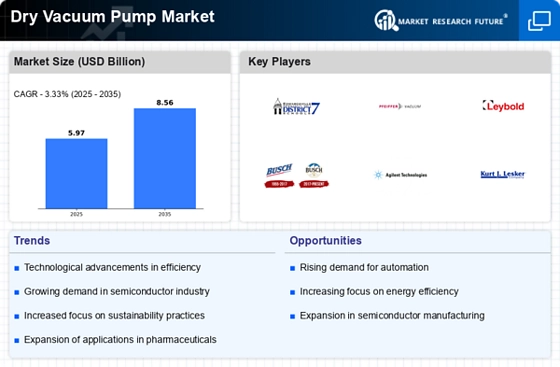
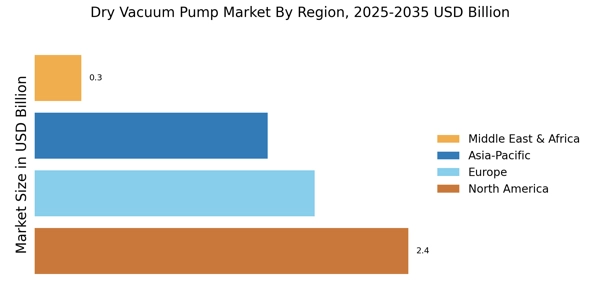

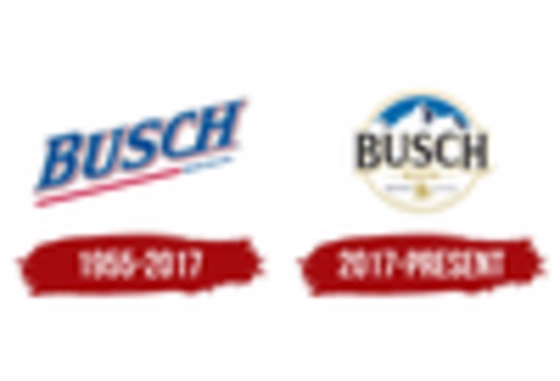

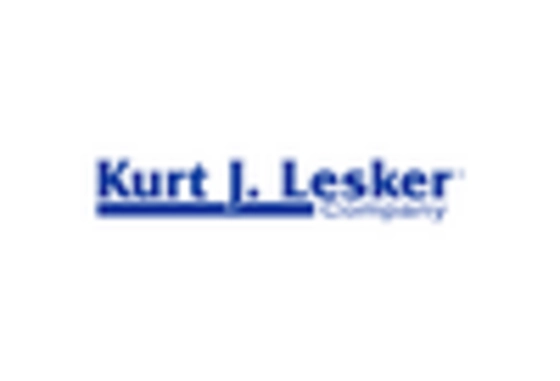
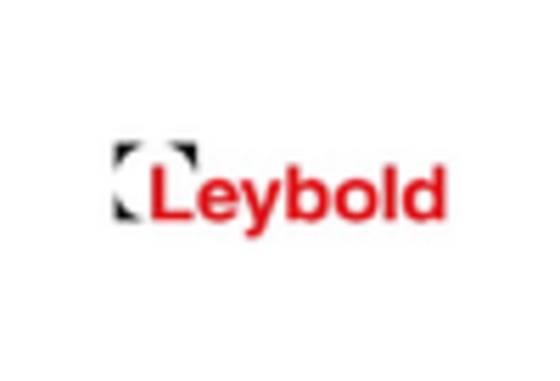
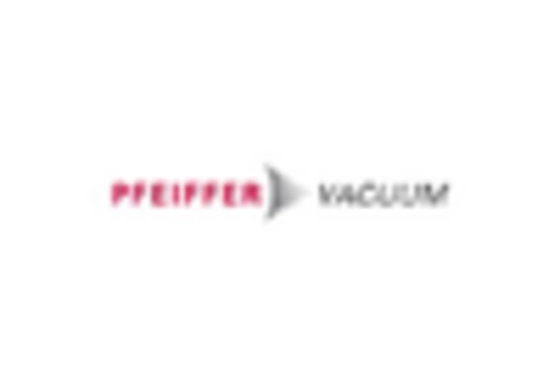








Leave a Comment